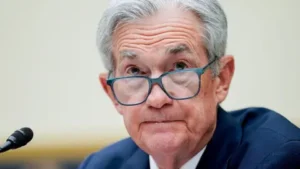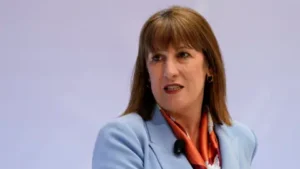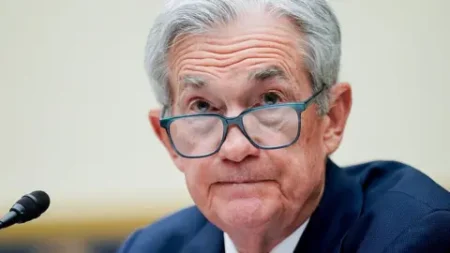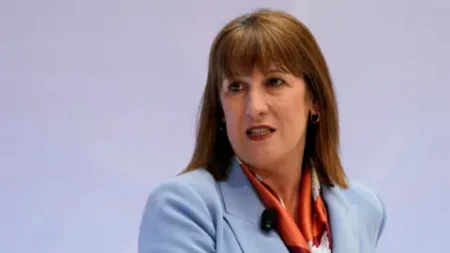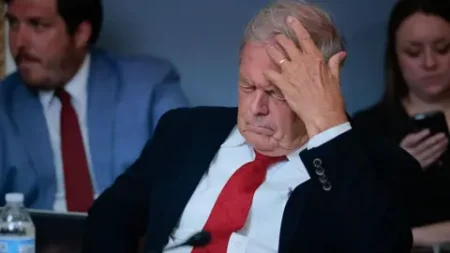The continuing jury deliberation in the high-profile trial of Sean “Diddy” Combs has attracted significant attention as it marks a critical juncture in a case that has shocked and captivated the public. The latest developments saw the jury, after nearly two days of deliberation, reaching a partial verdict on four out of five charges leveled against the hip-hop mogul. However, they remained deadlocked on the most serious count: racketeering, which carries the potential for a life sentence. This indecision raises pivotal questions about the trial’s future and the implications for all parties involved.
The deliberations are taking place in a federal courthouse in New York, where the atmosphere has been characterized by tension and anticipation. Sean Combs, aged 55, has maintained his innocence, pleading not guilty to all charges, which encompass serious allegations, including sex trafficking and transportation to engage in prostitution. Observers noted that as the jury deliberated, Combs appeared somber, with his head bowed and hands in his lap, while his legal team provided emotional support by placing their arms around him.
Originally, the jury, composed of 12 members, announced their partial verdict and indicated their inability to agree on the racketeering charge, which is seen as a formidable obstacle given its complexity. This criminal charge requires the prosecution to demonstrate that Combs had initiated or was part of a criminal enterprise involving a coordinated effort with at least one other individual to engage in illegal activities over a prolonged period. Given the intricate nature of racketeering cases, it’s no surprise that this count remains contentious.
In light of the jury’s partial verdict, Federal Judge Arun Subramanian convened a session to understand how to proceed, highlighting the conflicting views among jurors, with some staunchly holding their ground. The judge urged the jury to continue their discussions to achieve unanimity. This call to continue deliberation points to the importance of presenting a cohesive outcome, but it also brings into question the potential psychological pressure an `Allen charge` may impose on jurors in a hung jury situation. This instruction intends to encourage jurors to reach a consensus but has drawn criticism for potentially leading to pressure on dissenting jurors.
The proceedings have unfolded over two months, during which extensive testimonies were delivered by 34 witnesses, including ex-girlfriends, staff members, and even male escorts associated with Mr. Combs. The glimpse into the evidence presented so far has offered a rather complex narrative, showcasing the dynamics of fame, power, and alleged criminal behavior.
As deliberations resume, there is a possibility that the jury might continue their discussions even on the next available court day, which coincides with the 4th of July holiday. The urgency felt by all parties is palpable, leaving everyone from the jurors to the defendant himself aware of the high stakes at play.
Legal expert Robert Mintz opined that the unanimous agreement on most counts after only two days might indicate favorability for the prosecution’s case. However, proving the racketeering charge is notably arduous, fueling discussions about how that charge, often associated with organized crime, could complicate the jurors’ ability to reach an agreement.
Sean Combs, also recognized by various monikers such as P Diddy, Puff Daddy, and Love, has had an illustrious career marked by the success of his music and entrepreneurial ventures, including his clothing line, Sean John. Notably, he released “The Love Album: Off The Grid” in 2023, earning a Grammy nomination and recognition as a Global Icon at the MTV Awards.
As the trial unfolds, the world watches closely, eager to see how the jury’s indecision regarding the most severe charge will ultimately resolve, potentially altering the landscape of Combs’ personal and professional life, as well as the perceptions of celebrity accountability in today’s society. With the jury set to reconvene, all eyes turn toward the courthouse in New York.

